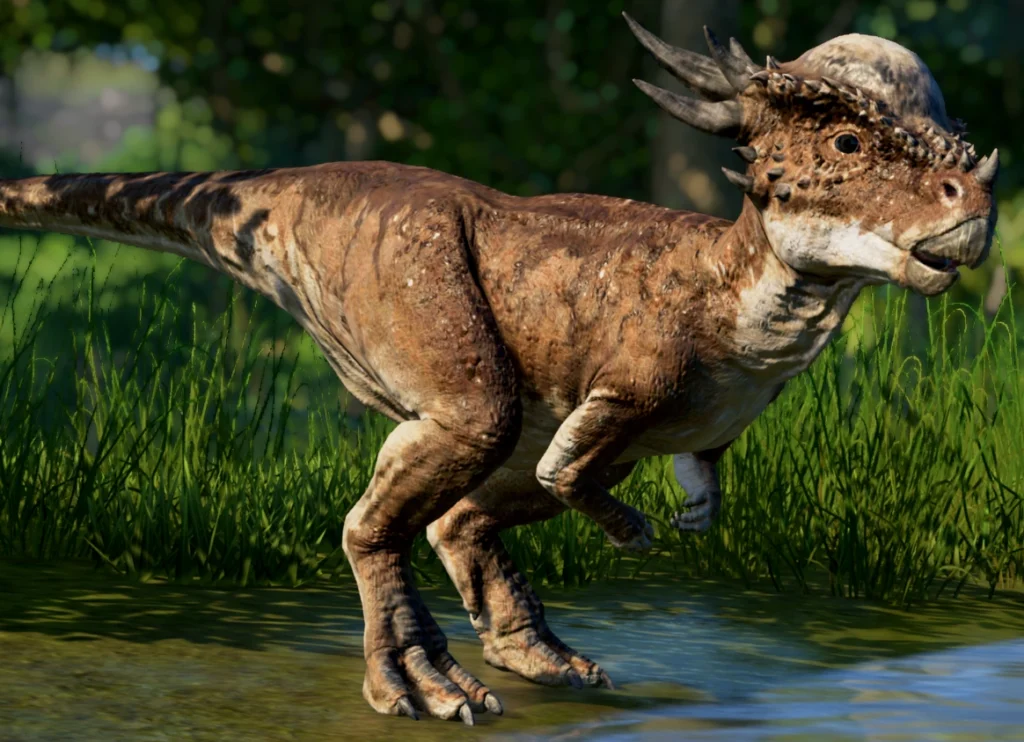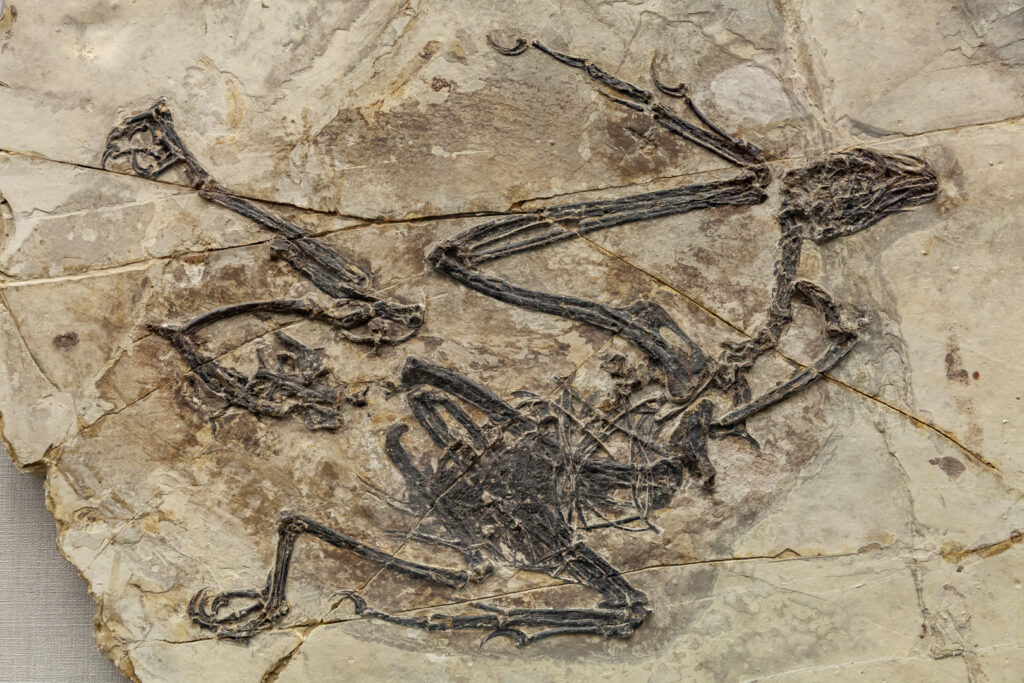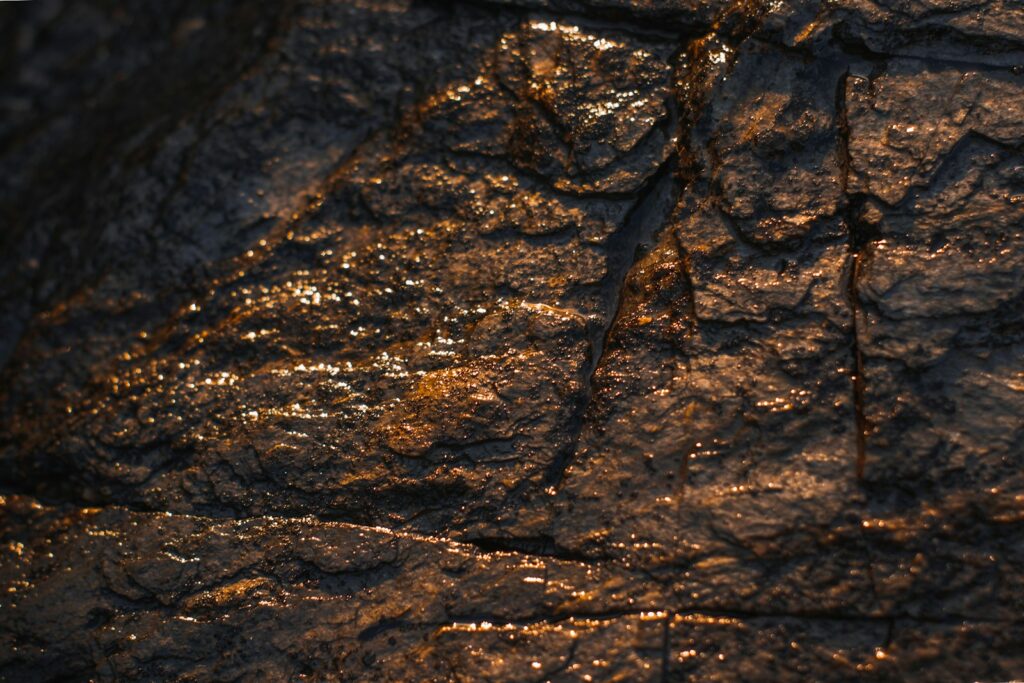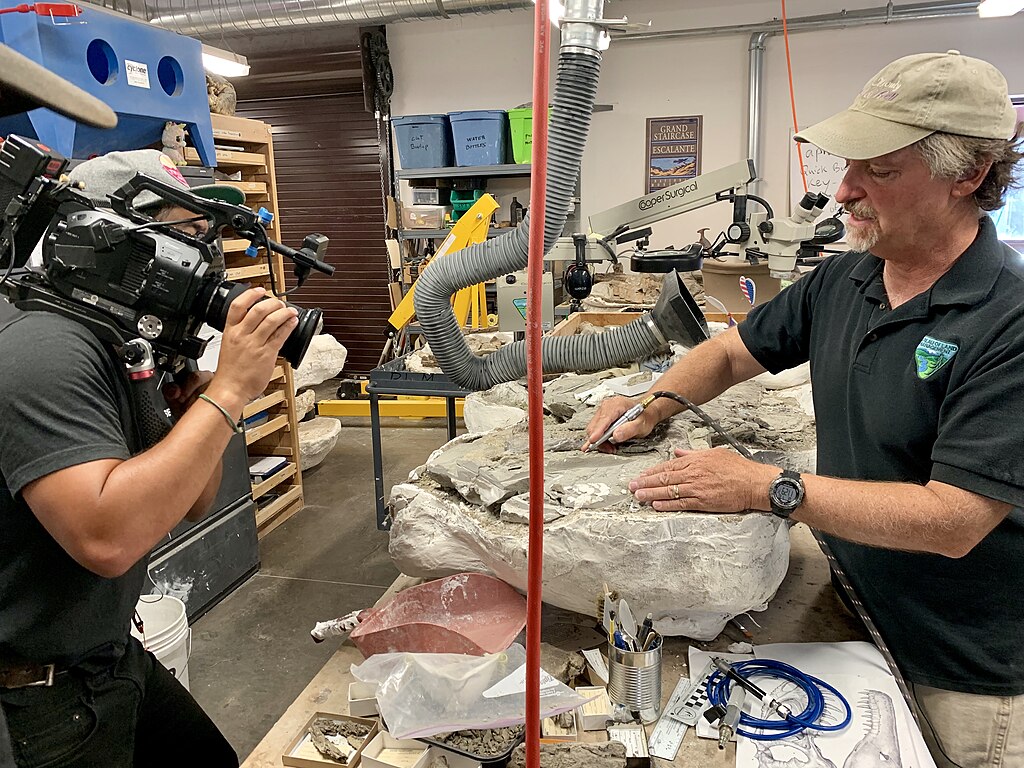In the prehistoric world of dinosaurs, few creatures have sparked as much scientific debate as Stygimoloch spinifer. With its distinctive spiky skull dome and menacing name meaning “demon from the river Styx,” this Late Cretaceous pachycephalosaur has captured both scientific and public imagination since its discovery in the 1970s. However, what makes Stygimoloch truly fascinating isn’t just its unusual appearance but the ongoing controversy surrounding its very existence as a distinct species. This dinosaur exemplifies how paleontology continues to evolve with new evidence and research methodologies, challenging what we think we know about ancient life.
The Discovery and Naming of Stygimoloch

Stygimoloch spinifer was first described in 1983 by paleontologists Peter Galton and Hans-Dieter Sues based on fossil remains discovered in the Hell Creek Formation of Montana. The genus name “Stygimoloch” combines references to the Styx, the river of the underworld in Greek mythology, with “moloch,” a reference to a horned lizard and a Canaanite deity. The species name “spinifer” means “spine-bearing,” an apt description for this creature’s most distinctive feature. The initial fossils consisted primarily of partial skull material, including the characteristic domed head with its impressive array of spikes and nodes. These limited remains meant that from the very beginning, scientists had an incomplete picture of the animal, setting the stage for later controversies about its true nature and identity.
Distinctive Physical Characteristics

The most striking feature of Stygimoloch was undoubtedly its elaborate skull ornamentation. The dinosaur sported a relatively small dome on top of its skull, from which protruded several large, pointed horns or spikes, particularly along the back of the head and neck. These protrusions could reach lengths of several inches, making for an impressive and somewhat fearsome appearance. The face was relatively long compared to other pachycephalosaurs, with large eye sockets and a beak-like mouth structure adapted for a herbivorous diet. Based on the skull fragments, scientists estimate that Stygimoloch would have stood around 3 feet (1 meter) tall at the hip and measured approximately 10 feet (3 meters) in length. The distinctive spikes would have made this medium-sized dinosaur instantly recognizable among its Late Cretaceous contemporaries.
Stygimoloch’s Place in the Dinosaur Family Tree

Stygimoloch belongs to the Pachycephalosauridae family, a group of bipedal, thick-skulled dinosaurs that lived during the Late Cretaceous period. These dinosaurs are characterized by their distinctive thickened skull domes, which are believed to have been used in head-butting contests similar to modern bighorn sheep or for species recognition. Within this family, Stygimoloch was initially thought to be closely related to other pachycephalosaurs like Pachycephalosaurus and Dracorex. All these creatures shared the same general body plan: bipedal stance, strong hind limbs, relatively small forelimbs, and of course, the thickened skull roof. However, the unique arrangement and prominence of Stygimoloch’s spikes initially suggested it was different enough to warrant its own genus, setting it apart from its relatives in this fascinating group of head-butting herbivores.
The Paleoenvironment of Stygimoloch
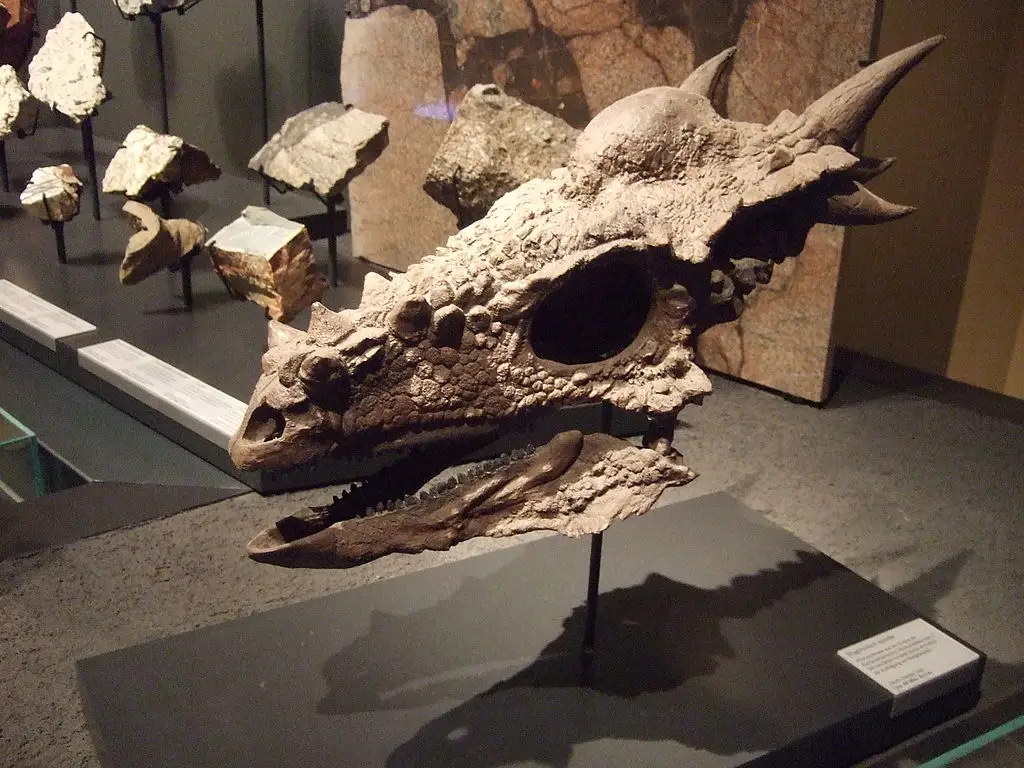
Stygimoloch inhabited North America during the very end of the Cretaceous period, approximately 66-68 million years ago, just before the mass extinction event that wiped out all non-avian dinosaurs. The Hell Creek Formation, where its fossils have been found, represents a warm, humid environment dominated by rivers and floodplains with abundant vegetation. This rich ecosystem supported a diverse community of dinosaurs, including the famous Tyrannosaurus rex, Triceratops, and various hadrosaurs. Stygimoloch would have shared its habitat with these better-known dinosaurs, occupying a middle tier in the ecosystem as a medium-sized herbivore. The environment was characterized by seasonal changes, with periods of drought alternating with heavy rainfall, creating a dynamic landscape where adaptability would have been crucial for survival in the final days of the dinosaur era.
The Controversy Begins: Stygimoloch as a Juvenile Form
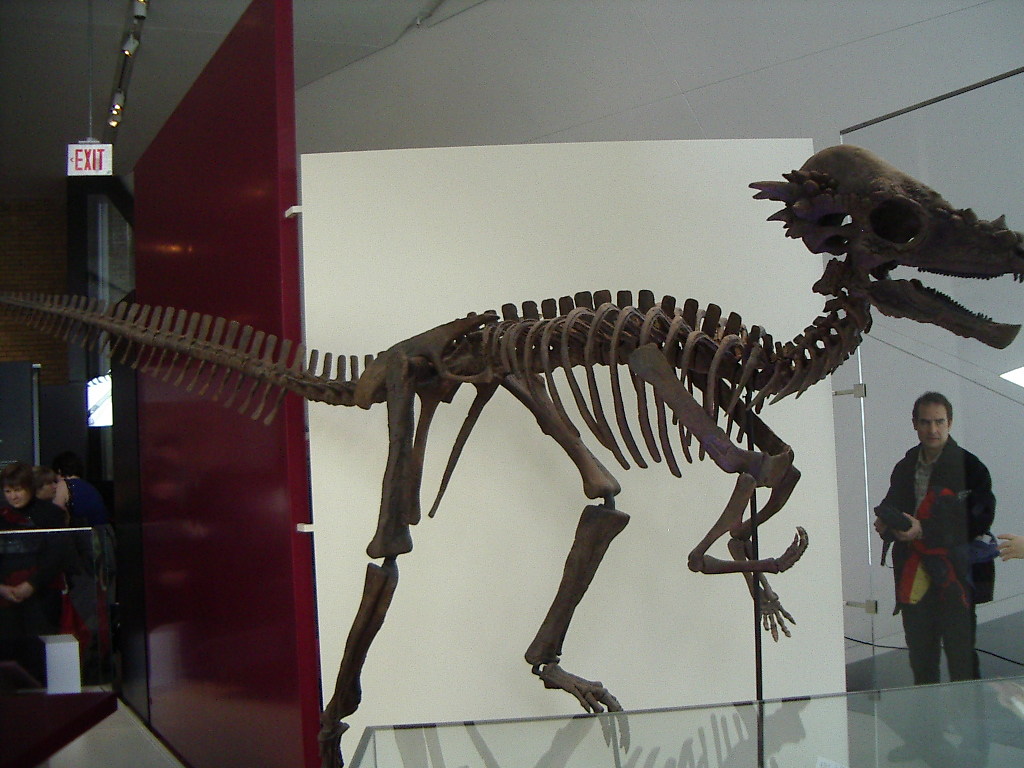
In 2007, the paleontological world was shaken by a controversial hypothesis proposed by Jack Horner and Mark Goodwin that challenged Stygimoloch’s status as a distinct genus. Their research suggested that Stygimoloch specimens might actually represent juvenile or sub-adult versions of Pachycephalosaurus wyomingensis, not a separate species. This hypothesis was based on detailed examinations of skull material that showed developmental patterns consistent with growth changes rather than species differences. The scientists noted that as pachycephalosaurs matured, their skull ornamentations changed dramatically, with the spikes and nodes of younger individuals gradually being incorporated into the larger, more rounded dome of adults. This proposed ontogenetic (growth-related) sequence challenged decades of taxonomy and raised important questions about how paleontologists identify and classify dinosaur species based on limited fossil material.
Evidence Supporting the “Growth Stage” Hypothesis
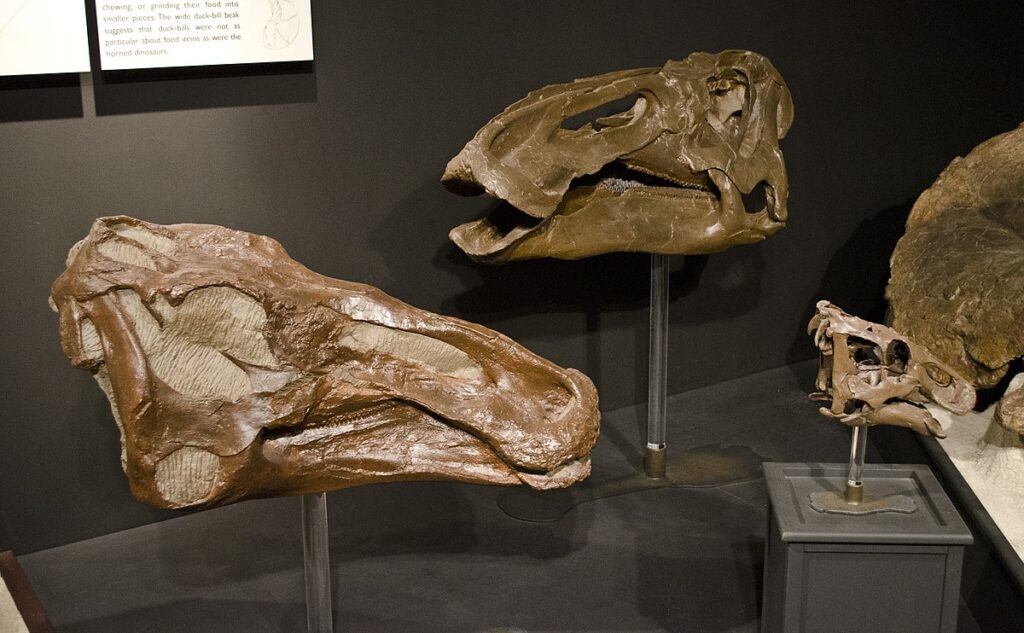
Several lines of evidence support the theory that Stygimoloch might be a growth stage of Pachycephalosaurus rather than its own species. Histological studies of skull domes from various pachycephalosaur specimens show patterns of bone remodeling consistent with ongoing growth and development, suggesting that the distinctive spiky Stygimoloch morphology represents an intermediate growth stage. Additionally, paleontologists have observed that the skull material of Stygimoloch shows unfused sutures and other features typical of immature individuals. The relatively small sample size of Stygimoloch specimens, all seemingly representing individuals of similar developmental stages, further supports this interpretation. Perhaps most compellingly, researchers have identified what appear to be transitional forms showing features intermediate between the spiky “Stygimoloch” stage and the fully domed adult “Pachycephalosaurus” form, suggesting a continuous growth sequence rather than distinct species.
The Case for Stygimoloch as a Distinct Species
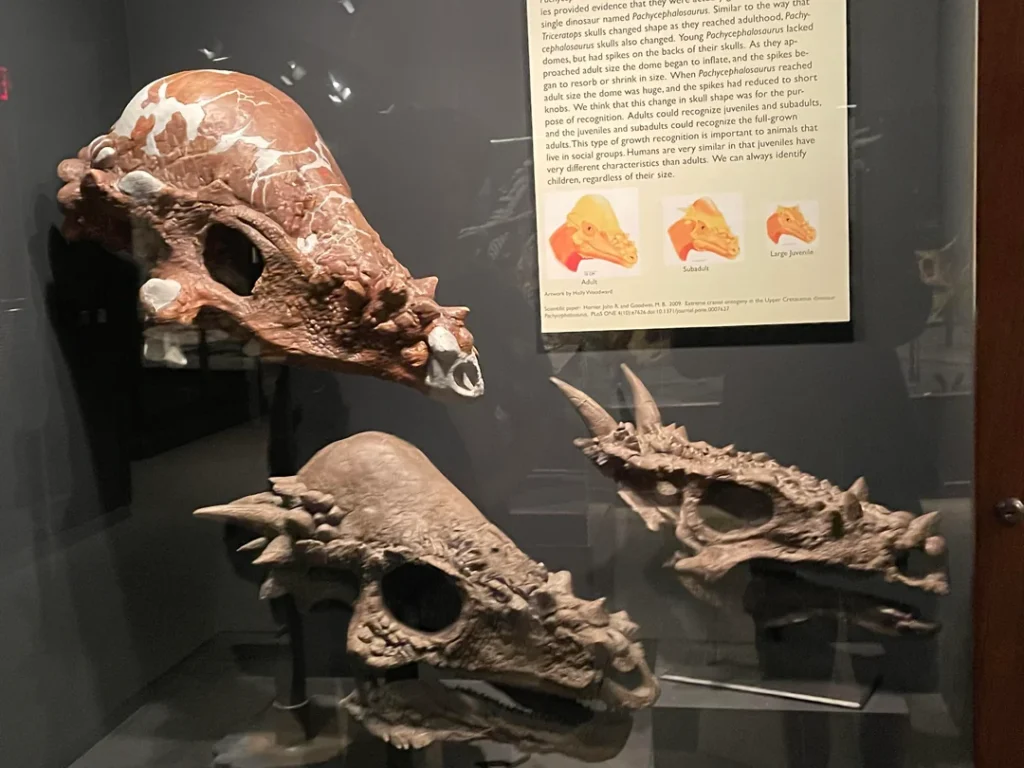
Despite the compelling arguments for Stygimoloch being a growth stage of Pachycephalosaurus, some paleontologists remain unconvinced and continue to argue for its status as a separate genus. These scientists point to certain features that don’t seem to fit neatly into the proposed growth sequence, such as specific details of the spike arrangements and skull proportions that might represent genuine taxonomic differences rather than developmental changes. Some argue that the sample size is still too small to draw definitive conclusions, and that future discoveries might reveal adult Stygimoloch specimens that retain the distinctive spiky morphology. Additionally, proponents of Stygimoloch’s validity note that our understanding of growth patterns in extinct animals is inherently limited and that we should be cautious about collapsing established taxa without overwhelming evidence. This ongoing debate exemplifies how paleontology continues to reassess and refine our understanding of prehistoric life.
The Dracorex Connection: A Three-Way Controversy
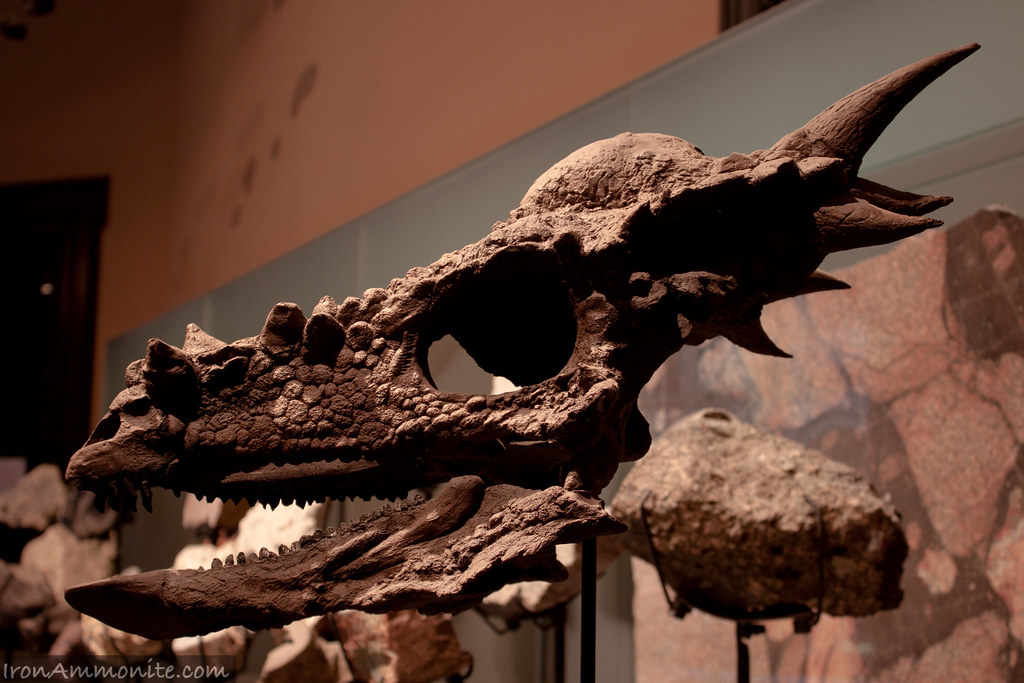
Further complicating the Stygimoloch controversy is another pachycephalosaur called Dracorex hogwartsia, famously named after the dragons in the Harry Potter series. According to the growth stage hypothesis proposed by Horner and Goodwin, Dracorex might represent an even younger growth stage in the same developmental sequence, with Stygimoloch as an intermediate form and Pachycephalosaurus as the fully mature adult. This would create a three-stage growth series: the flat-headed, spiky Dracorex as a juvenile, the partially-domed, still-spiky Stygimoloch as an adolescent, and the fully-domed Pachycephalosaurus as an adult. If confirmed, this would reduce three named dinosaur genera to a single species showing dramatic changes throughout its life cycle. The implications of this hypothesis extend beyond these specific dinosaurs, potentially affecting how paleontologists interpret variation in other fossil groups and highlighting the challenges of defining species boundaries in extinct organisms.
How Paleontologists Study Growth Stages in Dinosaurs
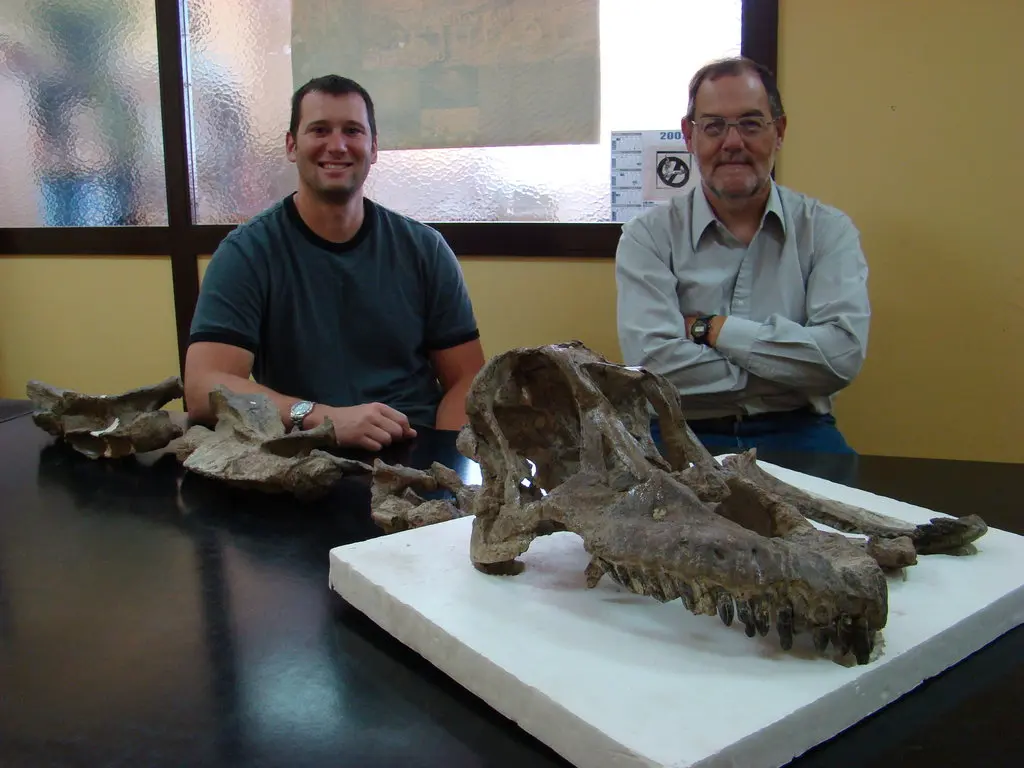
Understanding dinosaur growth patterns requires sophisticated analytical techniques that have only become widely available to paleontologists in recent decades. One key approach is histology, the microscopic study of bone tissue, which involves creating thin sections of fossils that can be examined under a microscope to reveal growth lines (similar to tree rings) and changes in bone structure that indicate an animal’s age and growth rate. CT scanning technology allows researchers to peer inside fossils non-destructively, revealing internal structures and suture lines that provide clues about developmental stage. Comparative morphometrics, the statistical analysis of shape changes, helps scientists quantify and track how proportions change throughout growth. Additionally, paleontologists examine large samples of related species to establish growth series, looking for consistent patterns of change that might represent normal development rather than species differences. These methods have revolutionized our understanding of dinosaur growth, revealing that many dinosaurs underwent dramatic changes as they matured.
The Function of Stygimoloch’s Spiky Skull
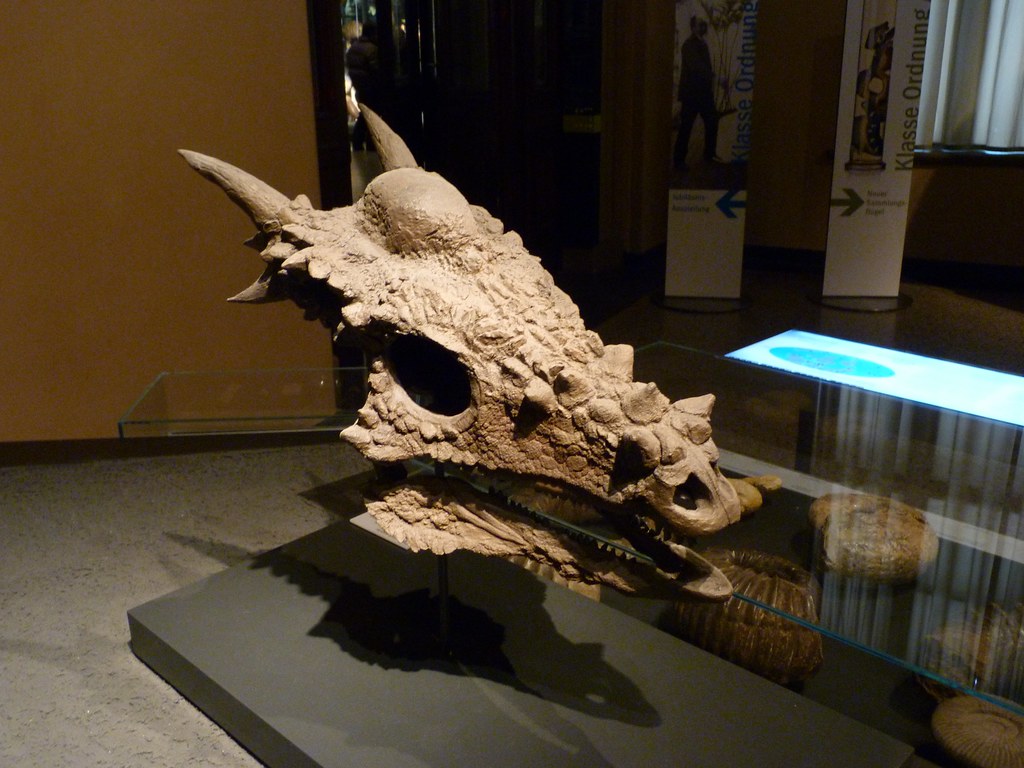
Regardless of whether Stygimoloch represents a distinct species or a growth stage of Pachycephalosaurus, the function of its distinctive spiky skull remains an intriguing question. Traditional interpretations suggested that pachycephalosaurs used their thickened skulls for head-butting contests, similar to modern rams or bison, possibly as part of male-male competition for mates or territory. The pronounced spikes of Stygimoloch could have served as weapons during such contests or possibly as defensive structures to deter predators. Alternative hypotheses suggest the elaborate skull ornamentation may have primarily functioned in species recognition or display, helping individuals identify potential mates or rivals of their own kind. Some researchers have proposed that the spikes could have played a role in thermoregulation, with the increased surface area allowing for better heat dissipation. The truth may involve a combination of these functions, with the elaborate skull serving multiple purposes in the life of these fascinating dinosaurs.
The Implications for Dinosaur Taxonomy
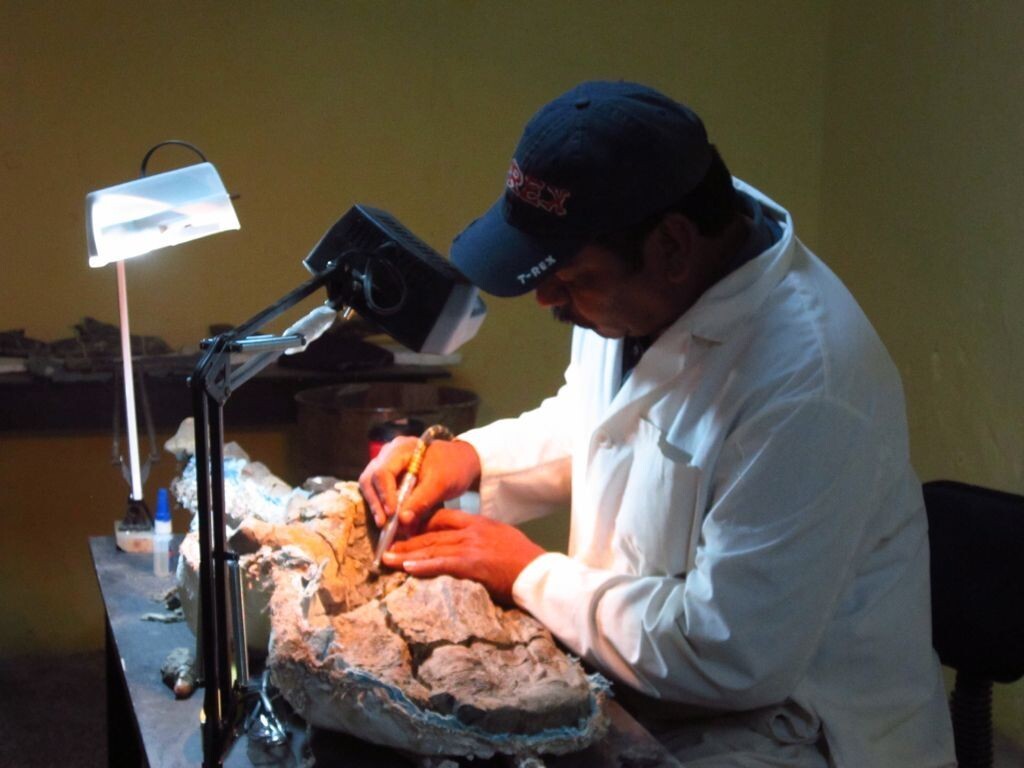
The Stygimoloch controversy highlights broader challenges in dinosaur taxonomy and classification. Paleontologists typically work with incomplete fossil material, making it difficult to account for variations due to age, sex, individual differences, or pathologies when defining species. The possibility that Stygimoloch, Dracorex, and Pachycephalosaurus might represent a single species at different growth stages suggests that dinosaur diversity may have been overestimated in some groups. This case has prompted paleontologists to be more cautious about naming new species based on limited material and to consider ontogenetic changes more carefully. The controversy also demonstrates how dinosaur taxonomy is not static but evolves as new evidence and analytical techniques become available. Some researchers have suggested that this case might not be unique, and that further study could reveal additional examples of supposed distinct dinosaur species that actually represent different growth stages of already-known dinosaurs.
Popular Culture and Stygimoloch
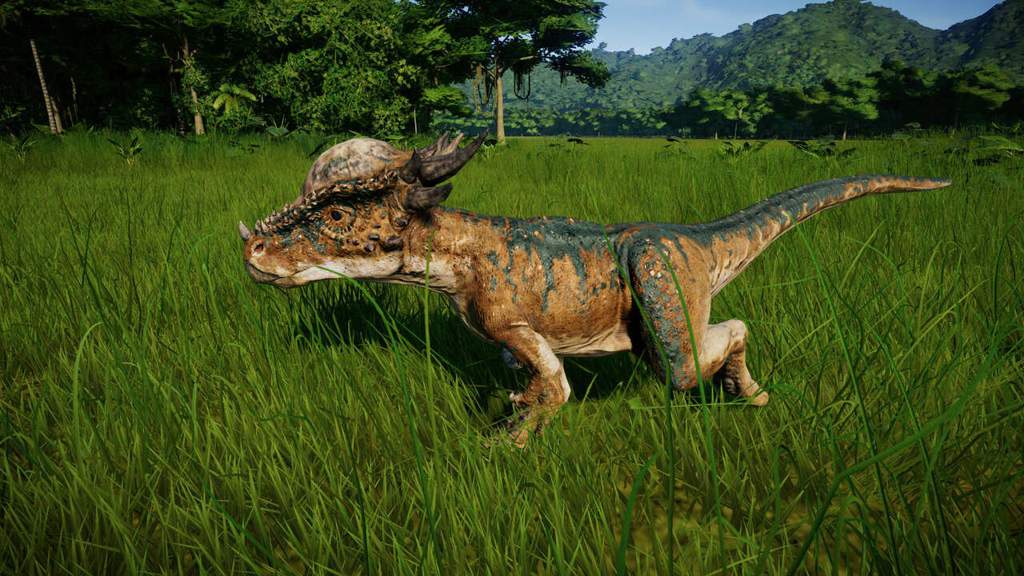
Despite the scientific uncertainty surrounding its status, Stygimoloch has secured a place in popular culture, particularly through its appearance in the “Jurassic World” film franchise. In “Jurassic World: Fallen Kingdom” (2018), a Stygimoloch nicknamed “Stiggy” plays a memorable role, using its distinctive head to ram through walls and even helping the protagonists escape danger. The dinosaur’s unique appearance with its spiky head makes it visually distinctive and appealing to audiences, regardless of its disputed taxonomic status. Stygimoloch has also appeared in various dinosaur books, educational materials, and toy lines, often highlighted for its unusual skull morphology. Interestingly, while the scientific community debates whether Stygimoloch was a distinct species, its representation in popular media continues to treat it as a unique dinosaur, demonstrating the sometimes significant gap between current paleontological understanding and public perception of prehistoric life.
The Future of Stygimoloch Research

The ultimate fate of Stygimoloch’s taxonomic status remains uncertain, with the scientific debate continuing as researchers gather and analyze new evidence. Future discoveries of more complete specimens, particularly those showing intermediate growth stages or previously unknown adult forms, could help resolve the controversy. Advanced techniques such as three-dimensional geometric morphometrics and more sophisticated histological analyses may provide more definitive evidence about growth patterns in pachycephalosaurs. Some paleontologists are also exploring biomechanical models to test hypotheses about the functional significance of the changing skull morphology throughout development. Whether Stygimoloch ultimately retains its status as a distinct genus or is conclusively demonstrated to be a growth stage of Pachycephalosaurus, this controversy has already made valuable contributions to paleontology by highlighting the importance of considering ontogeny when interpreting fossil material and by demonstrating how science progresses through the testing and refinement of hypotheses.
The story of Stygimoloch represents one of paleontology’s most fascinating ongoing debates. From its dramatic discovery and naming to the current controversy about its very existence as a distinct species, this spiky-headed dinosaur embodies the dynamic nature of scientific understanding. Whether Stygimoloch turns out to be its own species or merely a teenage Pachycephalosaurus going through an awkward phase, the investigation of this question has already enhanced our understanding of dinosaur growth and development. As paleontology continues to evolve with new discoveries and analytical techniques, the case of Stygimoloch reminds us that science is not about unchanging facts but rather an ongoing process of investigation and refinement that brings us ever closer to understanding the remarkable diversity of life that once ruled our planet.

